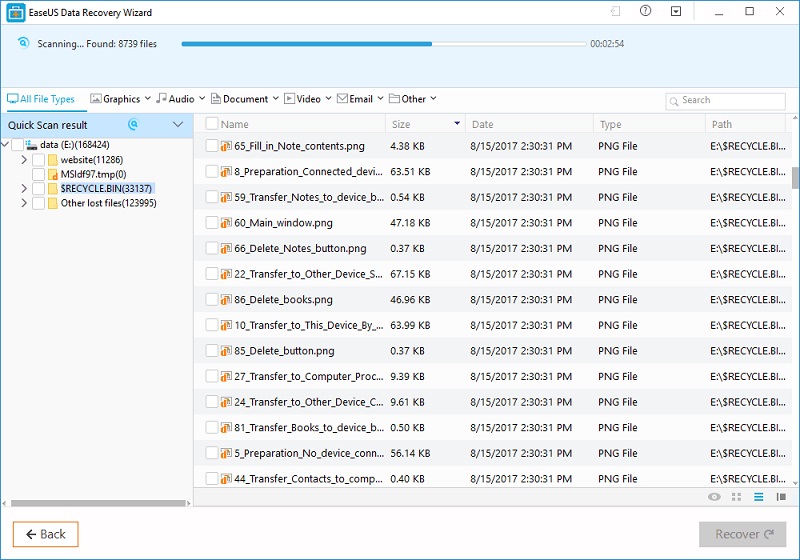

When this process has been completed, R-Undelete will show the "Image created successfully" message. Image creation progress Click image to enlarge R-Undelete will start creating the image while showing its progress. Select a location to store the image and click the Save button. Select a memory card and create a disk image Click image to enlargeĢ. Locate the card, right-click it, and select Create Image.

To create an image of the card and scan its data, perform the following steps:ġ. As such, each video recovery scenario begins with an R-Undelete disk image creation and its scan. This analysis will be necessary to recover the entire AVCHD folder structure or individual videos.

The next action after creating an image of the SD card is to perform a deep scan that provides a thorough analysis of the card's data. By working with a disk image, you also preserve the original card so that it can be turned over to a professional data recovery service if your attempts are unsuccessful. Therefore, imaging an SD card is not prohibitively time consuming and can improve your data recovery results. In practice, this can be hard to follow for 2-3 TB hard drives, but SD cards are relatively small (most are about 32 to 64 GB). One of the most important guidelines for data recovery is the use of disk images rather than the original disks whenever possible. You may read about how to recover files on other cases: Get Deleted Files Back Photo Recovery from a Deleted, Damaged or Formatted Digital Camera Memory Card Recovery from an External Device with a Damaged File SystemĬreate a Disk Image and Scan of an AVCHD Memory Card Important: Please, note, as the SD cards are FAT- formatted, you may use even an unregistered copy of R-Undelete to recover your videos. You may read the general information about video recovery and its related procedures for R-Studio in our HD Video Recovery from SD cards article. This article describes the video recovery specifics for R-Undelete.


 0 kommentar(er)
0 kommentar(er)
